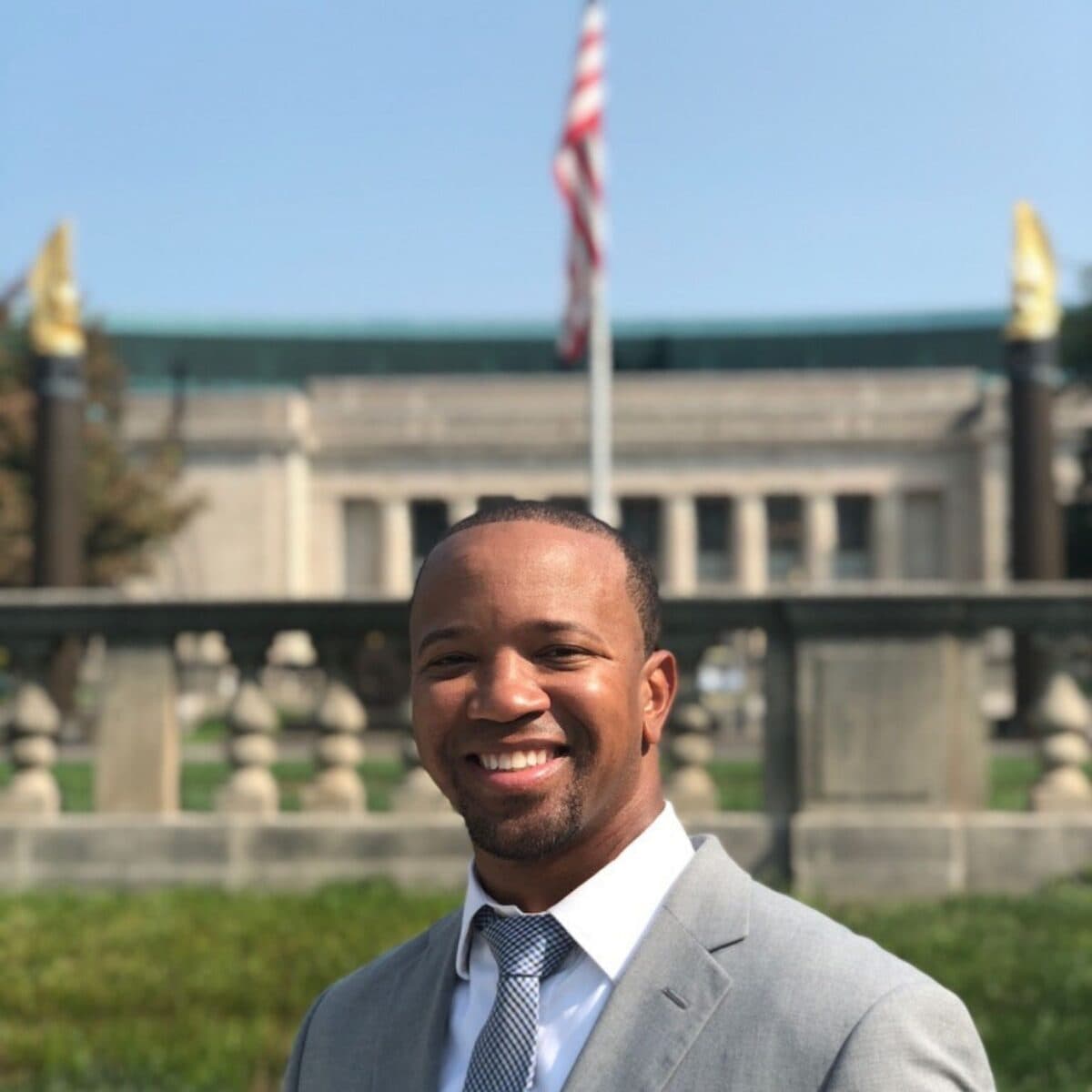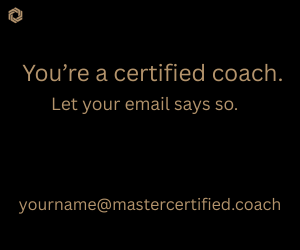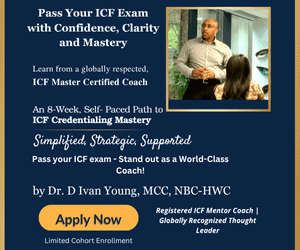What if the biggest barrier to success wasn’t a lack of skill — but a failure to connect?
In coaching, we talk a lot about strategies — how to motivate teams, improve performance, and drive results. But here’s a counterintuitive truth: Success isn’t about better systems or sharper skills. It’s about building better bridges.
Take leadership, for example; it isn’t just about making decisions. It’s an act of engineering — designing the invisible connections that hold people and teams together. And the best leaders? They don’t just manage. They build. They strengthen the infrastructure of trust, resilience, and purpose that determines whether a team thrives or fractures under pressure.
Why Connection Matters More Than Ever
Let’s use fear of change as an example. For years, we’ve treated resistance to change as a knowledge problem. A process problem. A “people just don’t like new things” problem. But the real issue is deeper.
Fear of change isn’t just about uncertainty. It’s also about disconnection.
Even the most well-intentioned changes can stall when people don’t feel supported. When employees feel excluded or disconnected; whether from their leaders or their peers, they’re significantly more likely to resist change, no matter how beneficial it may be. Because change isn’t just about strategy; it’s about trust, connection, and being part of something that values your voice.
In fact, a McKinsey report found that the single greatest predictor of successful organizational transformation isn’t strategy or technology — it’s relationships.
And yet, leaders and coaches are focusing on the wrong things. They’re trying to push change initiatives when they should foster connections. They’re asking, “How can we make this transition easier?” when the better question is, “How can we create a sense of belonging during this transition?”
Because here’s the reality: disconnection is a change problem.
A Crisis of Connection: What Leadership Can Learn From Coaching
I saw this play out firsthand early in my career, working with a senior executive named Steve. Steve wasn’t flashy, but he was the person people turned to in moments of crisis. He had a rare ability to bring people together, especially when the stakes were high. And one of those moments came during a high-profile product launch. A major technical failure pushed back the timeline, threatening key client relationships. The conference room turned into a battle zone for blame. People weren’t collaborating; they were retreating into silos.
Steve could have prescribed solutions or responded with a directive. He could have jumped into problem-solving mode. Instead, he walked to the whiteboard and sketched something unexpected: a crude outline of a suspension bridge. Beneath it, he wrote two words: We Connect.
Then he turned to the team and said, “Bridges don’t stand because one person holds them up. They stand because engineers, architects, and crews work together, piece by piece. Right now, our bridge isn’t failing because of technical problems. It’s failing because we’re disconnected.”
And just like that, the entire room shifted. Steve spent the next few weeks rebuilding trust — not by forcing collaboration, but by fostering it. He paired engineers with marketing teams, encouraged open conversations, and, most importantly, modeled vulnerability himself. By the time the product launched, the technical issue was solved. But something bigger had happened: the team had transformed.
This wasn’t just great leadership. It was great coaching.
The Architecture of Strong Coaching Relationships
What Steve did is what the best coaches do every day: they build bridges. And like any great bridge, strong coaching relationships require three essential components:
Reframing as the Anchor
Every bridge starts with an anchor — something that grounds it. In coaching, reframing comfort thinking is that anchor. People often resist change because they cling to familiar patterns, even when those patterns no longer serve them.
Steve knew the goal wasn’t just to launch a product — it was to protect the company’s integrity. By helping his team reframe the situation from a crisis to a collaborative challenge, he shifted the focus from fear to problem-solving.
Coaching Action Step: Instead of asking “What’s the risk of change” ask “What’s the risk of staying the same?”
Trust as the Suspension Cables
A bridge without suspension cables can’t handle stress. The same is true for coaching relationships. Trust is the suspension system that keeps everything intact. Without it, even the best strategies collapse under pressure.
And yet, most leaders assume trust is a given— when it must be actively built.
Coaching Action Step: At your next meeting, instead of starting with updates, ask each team member, “What support do you need to make this transition successful?” And then act on their answer.
Repetition as the Materials
Even the strongest bridges face wind, rain, and constant wear. The best ones don’t just endure pressure — they’re designed to flex without breaking. Coaching works the same way.
Investing in relationships through repetition creates familiarity, trust, and long-term success. Strong teams don’t build deep connections overnight. It happens through consistent, meaningful interactions.
Steve didn’t just have one conversation about connection. He reinforced it continuously. He knew that real change doesn’t happen in a single moment. It happens when people hear, see, and feel the same values over and over again.
Coaching Action Step: When working with a client or team, reinforce key relationship-building messages consistently. Repetition isn’t redundancy; it’s reinforcement.
The Unexpected Truth About Coaching
Years later, I ran into Steve at a conference and asked how he stayed so composed during high-stakes moments. His answer: “It wasn’t about composure. It was about connections. When you invest in people, they show up. Even when the odds are against them.”
That’s a truth that leaders — and coaches — may overlook. We focus on strategy when we should be focusing on structure. We try to drive performance when we should strengthen our connection.
As coaching professionals, our greatest challenge — and opportunity — is to build bridges that stand the test of time. By reframing comfort thinking, reinforcing trust, and investing in relationships through repetition, we can create connections that don’t just support today’s coaching sessions but pave the way for a better, more connected future.
Disclaimer
The views and opinions expressed in guest posts featured on this blog are those of the author and do not necessarily reflect the opinions and views of the International Coach Federation (ICF). The publication of a guest post on the ICF Blog does not equate to an ICF endorsement or guarantee of the products or services provided by the author.
Additionally, for the purpose of full disclosure and as a disclaimer of liability, this content was possibly generated using the assistance of an AI program. Its contents, either in whole or in part, have been reviewed and revised by a human. Nevertheless, the reader/user is responsible for verifying the information presented and should not rely upon this article or post as providing any specific professional advice or counsel. Its contents are provided “as is,” and ICF makes no representations or warranties as to its accuracy or completeness and to the fullest extent permitted by applicable law specifically disclaims any and all liability for any damages or injuries resulting from use of or reliance thereupon.
Authors
Post Type
Blog
Audience Type
HR & Organizational Leaders, Internal Coaches, Managers/Leaders Using Coaching Skills, Team and Group Coaches
Topic
Coaching in Organizations
Related Posts
From Check-the-Box to Culture Shift: Becoming a Sustainable Coaching Culture
There’s a quiet revolution happening inside organizations — and it doesn’t roar. It listens. It…
Cultivating Coaching Cultures That Shape Individual Contributors Into Leaders
In my coaching work with organizations, I continue to see a recurring…
Measuring Coaching ROI and the Ripple Effect
A Moment of Realization: When Coaching ROI Becomes Visible “I never envisioned…








